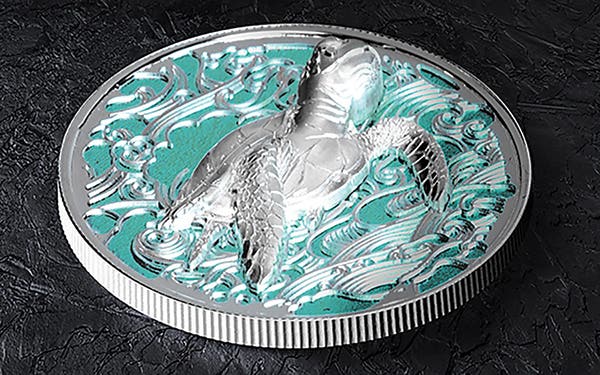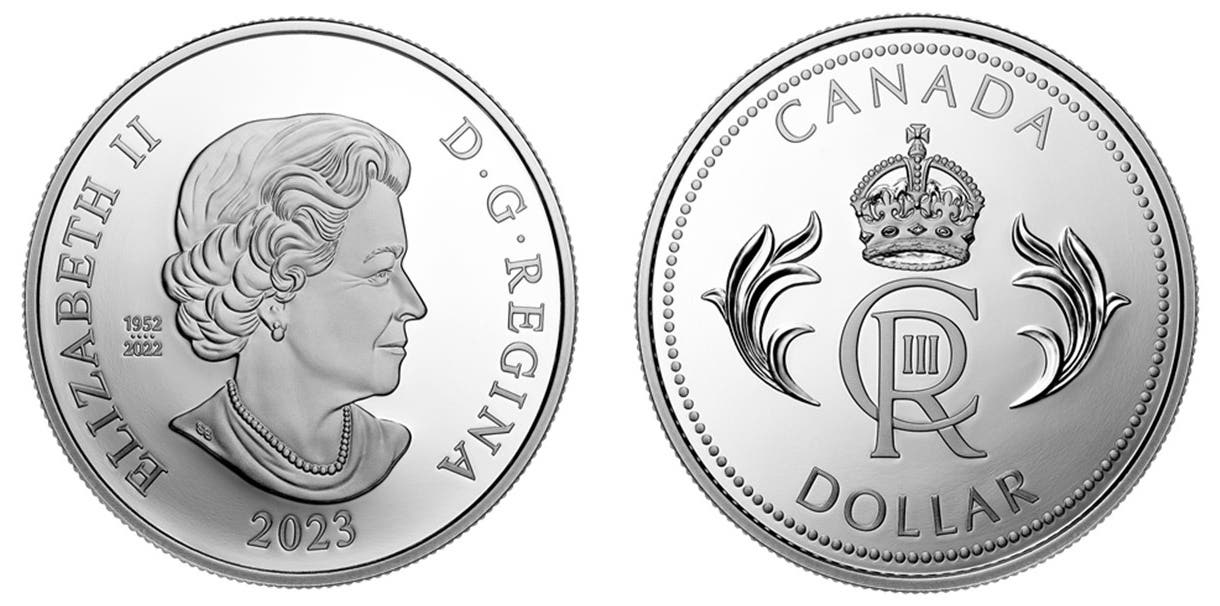South Africa Rethinks its Currency
The United States has stubbornly retained its 1-cent coin while putting a ceiling of $100 on the highest denomination bank note we are willing to circulate. There are arguments defending…
The United States has stubbornly retained its 1-cent coin while putting a ceiling of $100 on the highest denomination bank note we are willing to circulate. There are arguments defending keeping the highest denomination of our currency low, especially to discourage criminals using ill-gotten cash.
On June 6 the South African Reserve Bank acknowledged ongoing research is determining whether the nation should transition to a new higher denomination coin while simultaneously introducing a new and higher denomination bank note.
An unnamed SARB spokesman was quoted by BusinessTech as saying, “The results of the [latest] study revealed that South Africa is not ready for a 500-rand bank note and some of the reasons stipulated were that the introduction is only valid when the highest denomination, 200 rand in our case, is the most circulated bank note.”
The bank spokesman continued, “This is however not the case in South Africa as the 100-rand denomination is the most circulating bank note. The other reason is whether the 200 rand is still used as a store of value – which it is – and therefore does not warrant a change.”
The bank added to the statement, “Most of the other denominations of bank notes in issue remained relatively stable during this period, while the number of coins in circulation outside of the SARB by far exceeded those of bank notes, owing to the range of small denominations.”
When modern South African coins were introduced in 1961 the coins were issued in denominations of half, 1, 2 1/2, 5, 10, 20, and 50 cents. Since that time lower denomination coins have been discontinued, while coins in denominations as high as 5 rand have been introduced due to inflationary pressures (100 cents equals one rand). Today it is commonplace for merchants to round the total price of goods purchased to the nearest 10 cents. Bank notes are currently circulated in denominations of 10, 20, 50, 100, and 200 rands.
According to data published in late 2021, the 100-rand bank note is the most used cash vehicle. Between March 2020 and June 2021 an average of 776.6 million of these bank notes were in circulation outside the SARB. The second most used cash object during this same period was the 200-rand bank note, with a circulation of about 776.6 million notes in use.
The SARB said there is an economic case for introducing a 10-rand denomination coin, but “there is no appetite from the public” for its introduction. Nothing was said of what would happen to the current 10-rand bank note. The central bank said it is considering the purchasing power of such a denomination, the public’s perception of the coin, and the general trend of domestic inflation.
According to a Bloomberg survey, South Africa had an annual inflation rate of 5.9 percent in April. This is unchanged from the prior month. This is the 12th consecutive month in which the nation’s annual inflation rate has been higher than the midpoint of three and six percent target range set by the central bank.
This compares to an 8.3 percent inflation rate for the 12 months ending in April in the United States, according to the US Labor Department data published May 11. The United States dropped its lowest denomination coin, the half cent, in 1857 and has continued the lowly 1-cent coin denomination coin. In comparison, Canada withdrew its 1-cent coin in 2012 due to inflation. Canada has furthermore added a dollar and two dollar coin to the mix.
Great Britain has since the 19th century withdrawn the half farthing, farthing, and halfpenny, while debating the future of the penny and two pence. Britain uses £1 and £2 coins in circulation.
Australia hasn’t issued a 1- or 2-cent coin since 1991 although each remains as legal tender. Australia has successfully circulated coins in denominations of $1 and $2.








